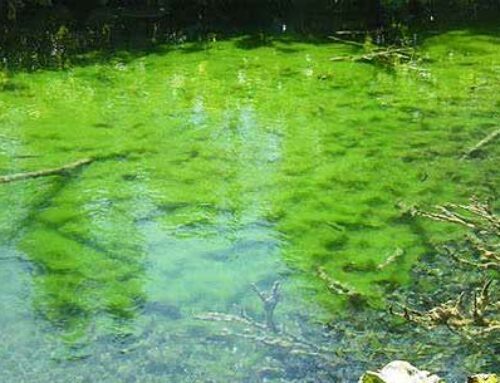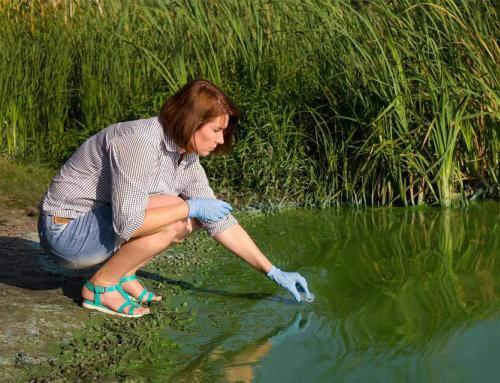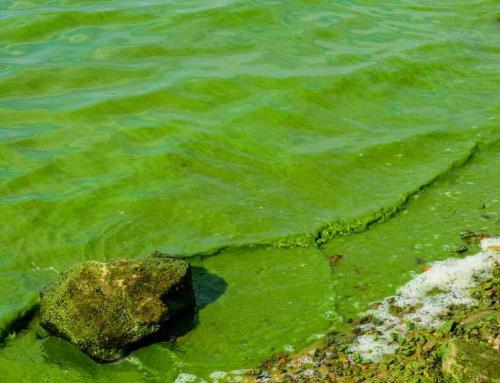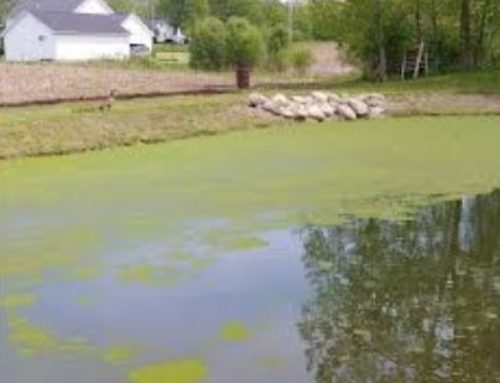 Cyanobacteria Harmful Algae Blooms (cyanoHABs) are occurring more often and in water bodies that use to be safe for dogs. It’s not easy to determine if the cyanobacteria bloom is toxic by just looking at the water, laboratory testing is required. Assume it’s toxic and keep your dog away if you notice discolored water, smell a foul odor or see a floating scum line on the surface. Of the four common types of cyanobacteria toxin, these three are most concerning for dog owners.
Cyanobacteria Harmful Algae Blooms (cyanoHABs) are occurring more often and in water bodies that use to be safe for dogs. It’s not easy to determine if the cyanobacteria bloom is toxic by just looking at the water, laboratory testing is required. Assume it’s toxic and keep your dog away if you notice discolored water, smell a foul odor or see a floating scum line on the surface. Of the four common types of cyanobacteria toxin, these three are most concerning for dog owners.
- Hepatotoxin – affect the liver
- Neurotoxin – damages the nervous system
- Nephorotosin – damages the kidneys
Cyanobacteria Poisoning Symptoms for Dogs:
Excessive drooling, foaming at the mouth, difficulty breathing, vomiting, seizures, lack of balance
Quick Response Check List to help you think clearly and to act fast. Keep this on your phone.
- Get the dog out of the water
- If water has been ingested, make your dog vomit
- Pour hydrogen peroxide into the dog’s mouth
- Use your phone, google Veterinary Hospital near me
- Explain
- Get to your vehicle, move fast, carry the dog if you can
There is veterinary research that indicates you have less than 30 minutes to possibly save your dog. Measure out one teaspoon of pharmacy grade hydrogen peroxide per ten pounds of dog weight. Prepare two squeeze bottles and keep them in your field vest.
Learn how to identify Cyanobacteria Harmful Algae Blooms and keep your four-legged family members safe.
Nationalpondservice.com





